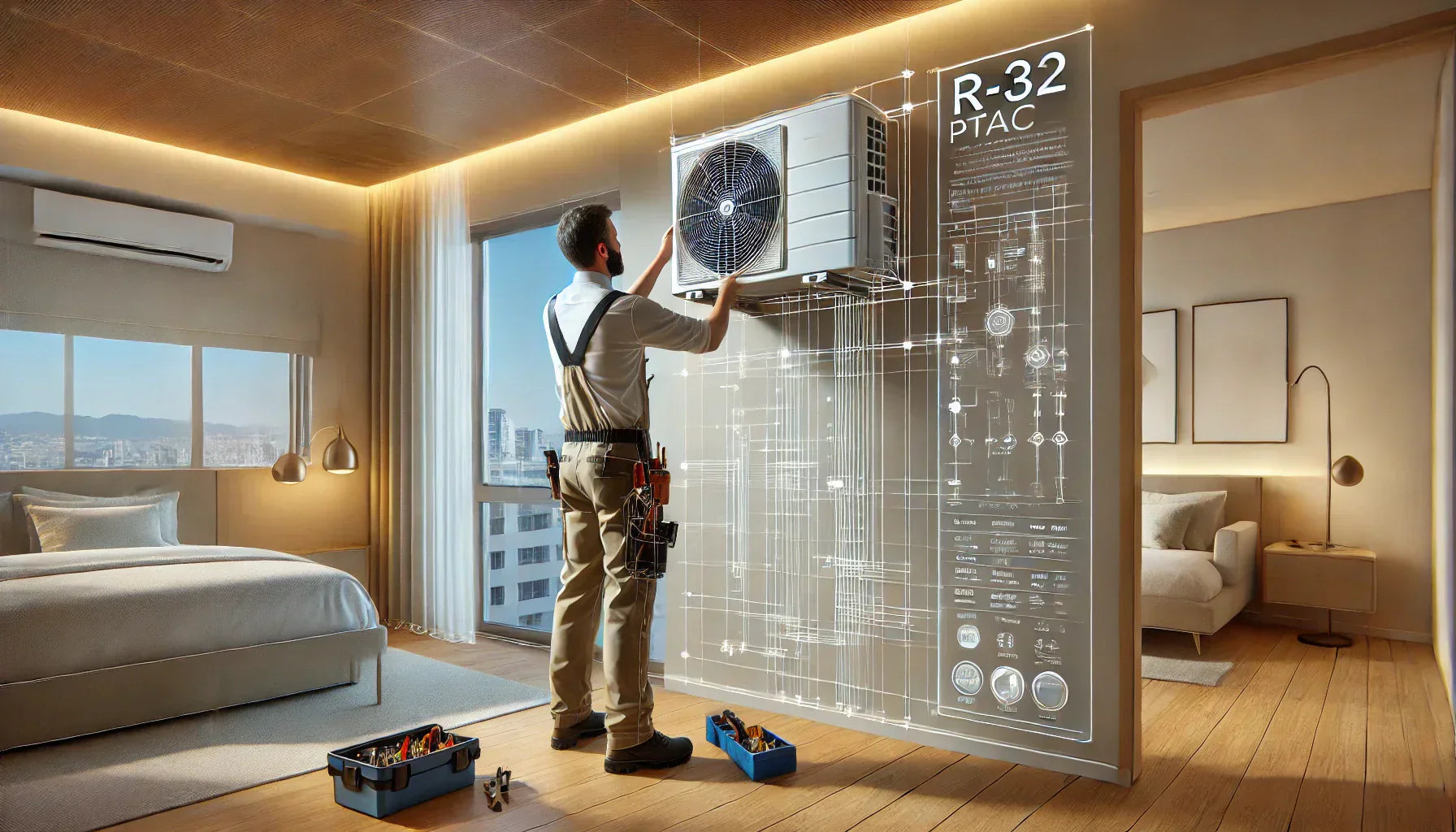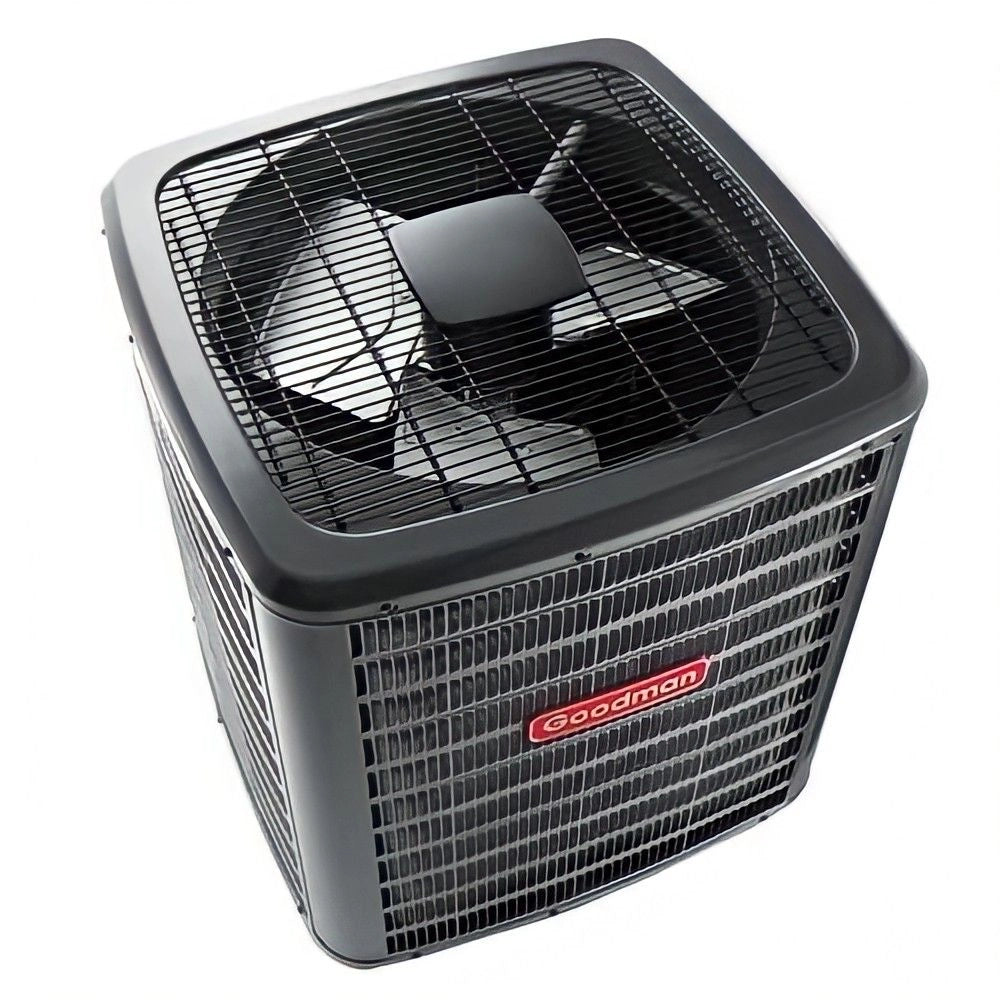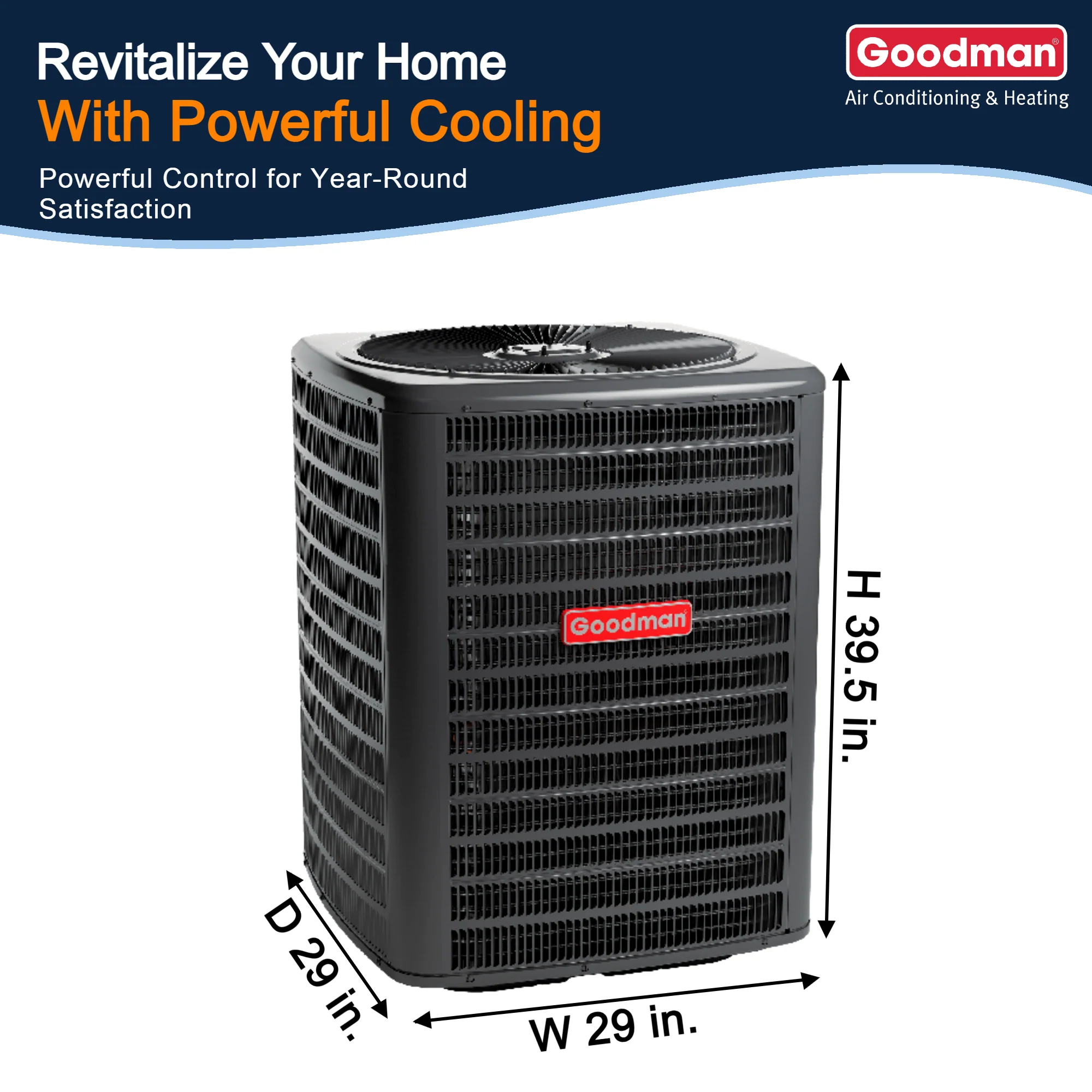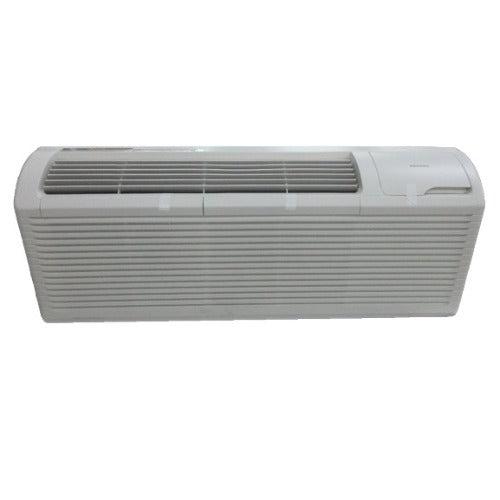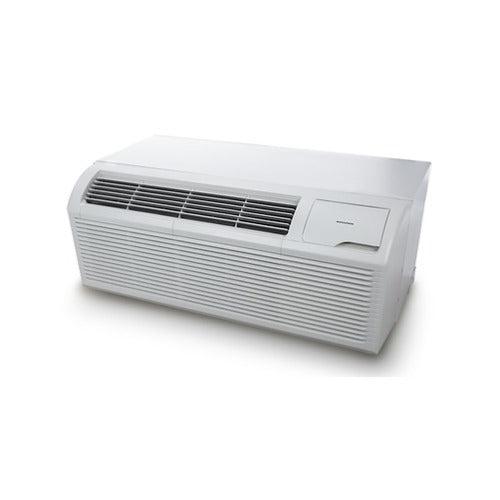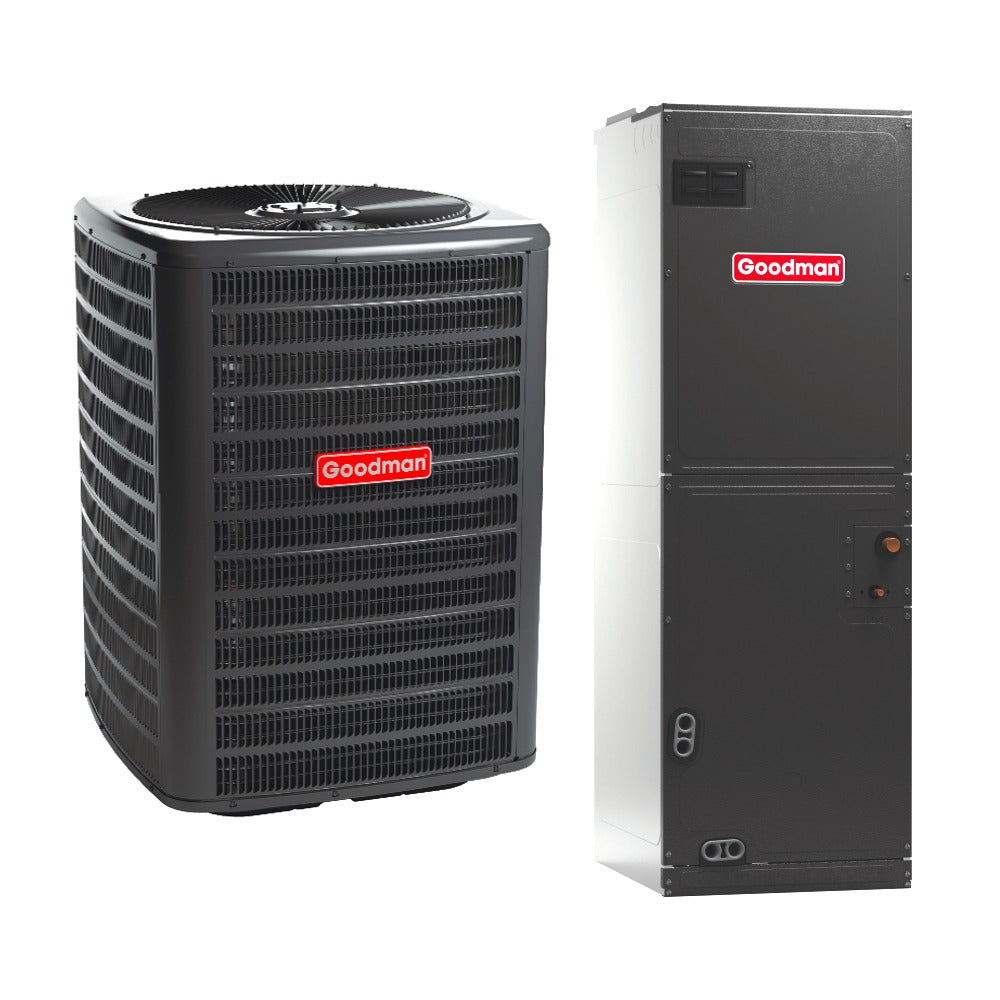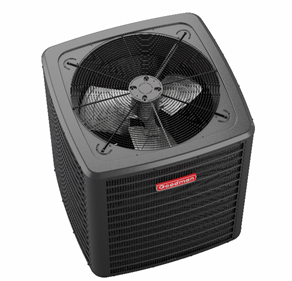How to Install an R-32 PTAC Unit (Step-by-Step Guide)
Installing an R-32 PTAC unit requires careful planning and execution to ensure efficiency and longevity. This guide provides a comprehensive, step-by-step approach to installing your unit correctly.
Step 1: Choose the Right Location
Selecting the ideal location is crucial for efficient operation:
- Choose a wall that has sufficient structural support to bear the unit's weight.
- Ensure there is enough clearance for ventilation and easy servicing.
- Avoid placing the unit near heat sources or direct sunlight to prevent overheating.
For an in-depth guide on choosing the best location for HVAC units, check ASHRAE's HVAC location standards.
Step 2: Prepare the Installation Area
Before installation, you need to prepare the area:
- Remove any obstructions from the wall opening.
- Use precise measurements and cut the wall opening to fit the PTAC unit properly.
- Inspect the area for potential wiring or piping obstructions.
For professional guidance on measuring and cutting wall openings, refer to This Old House’s step-by-step guide.
Step 3: Insert the Wall Sleeve
The wall sleeve is essential for securing the PTAC unit:
- Secure the wall sleeve using appropriate fasteners.
- Ensure proper insulation around the sleeve to prevent air leaks.
- Check that the sleeve is level to avoid drainage problems.
If you're unsure about installing PTAC wall sleeves, refer to HVAC School's wall sleeve installation tutorial.
Step 4: Install the PTAC Unit
Follow these steps to insert the PTAC unit properly:
- Carefully slide the unit into the wall sleeve, ensuring it fits securely.
- Verify that the unit is level to prevent water leaks and improper drainage.
Step 5: Electrical Connections
The electrical setup should follow manufacturer guidelines:
- Confirm compatibility with the power supply voltage and capacity.
- Connect the electrical wiring as per manufacturer instructions.
- Secure all connections to prevent loose wiring and power fluctuations.
For a detailed guide on PTAC electrical wiring, visit NEC’s electrical installation guidelines.
Step 6: Seal and Test the Unit
Once installed, perform final checks:
- Apply weatherproofing sealant around the edges to prevent air leaks.
- Turn on the unit and check for proper cooling and heating operation.
- Inspect for unusual noises or vibrations that could indicate installation issues.
For a detailed breakdown, refer to Energy Star's HVAC installation guide.

